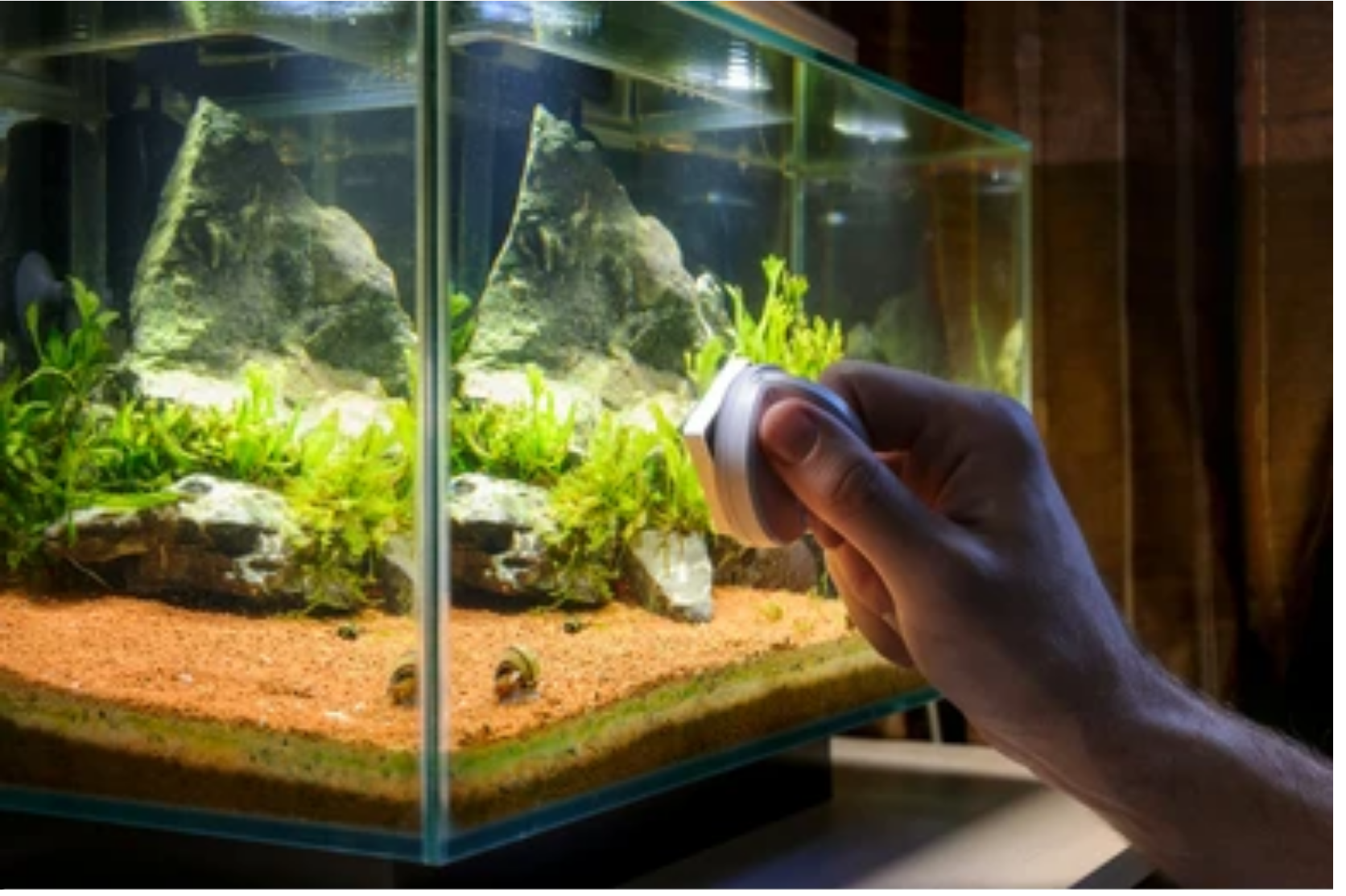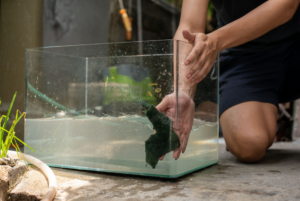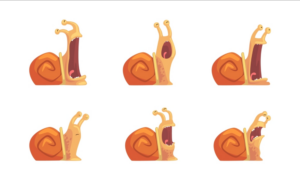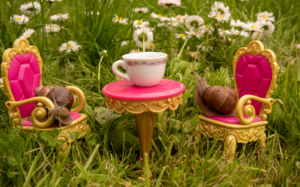If you’re a fish enthusiast who keeps snails in your tank, you may be wondering if it’s safe to use ParaGuard with your snails around. ParaGuard is a popular medication among fish keepers because it treats a wide range of parasites. However, its effectiveness may come at a cost to other organisms in your tank, including snails.
You cannot use ParaGuard with snails because it can cause stress to invertebrates, including mollusks like snails. ParaGuard is only recommended for saltwater and freshwater community fish. Although some claim to have used it in tanks with no adverse effects, it’s best to proceed cautiously.
In the rest of this article, I’ll look at the potential side effects of using ParaGuard in a tank with snails and other tank inhabitants that may be affected by this medication. Whether you’re a seasoned hobbyist or a beginner, it’s important to understand the risks and benefits of using ParaGuard in your tank.
Why You Should Not Use ParaGuard with Snails
- Performance driven at affordable prices
- Made in the USA with quality materials
- Field tested to ensure nothing but the best for your pet
ParaGuard is a popular broad-spectrum medication among fish enthusiasts, widely used to treat ectoparasites in fish. However, it’s not recommended to use ParaGuard with snails.
Seachem, the manufacturer of ParaGuard, warns against using this medication in a fish tank with snails, as it can be stressful to invertebrates like mollusks. ParaGuard contains aldehyde-based chemicals that can be toxic to some invertebrates.
When exposed to the medication, snails can experience various adverse effects, including the following:
- Stress
- Lethargy
- Reduced activity
- Death
The medication’s active ingredients can also damage the snail’s mucous membrane, leading to further complications.
Moreover, Seachem notes that ParaGuard can be stressful to plants and other invertebrates, such as:
- Corals
- Mushrooms
- Shrimp
- Crabs
Therefore, it’s best to avoid using this medication in a tank containing such species.
While some hobbyists may have reported using ParaGuard with snails without adverse effects, it’s important to follow the manufacturer’s recommendations.
Seachem recommends using ParaGuard only with saltwater and freshwater community fish and advises against using it with invertebrates or plants.
If you’re interested in learning how to properly administer Paraguard to your fish, watch the accompanying YouTube video below.
The table below shows the ParaGuard compatibility guide – fish tank inhabitants that are safe to use with ParaGuard and those that are not recommended.
| Green Light | Start with a Small Dosage | Not Recommended (Proceed with Caution) |
| Freshwater Community Fish | Scale-less fish | Aquatic Frogs |
| Saltwater Community Fish | Sharks | Shrimp |
| Rays | Snails | |
| Freshwater Sharks | Plants | |
| Freshwater Rays | Corals | |
| Eels | Clams | |
| Freshwater Eels | Exotic invertebrates | |
| Loaches | ||
| Catfish |
But What If You Decide to Proceed, Anyway?
While some fish tank owners may have used ParaGuard with snails without issues, it’s important to proceed cautiously. Seachem hasn’t tested the product with every available invertebrate under every potential water parameter, so it’s difficult to predict how snails will react.
If you do decide to use ParaGuard with snails, Seachem recommends starting with a dose of 1/4 to 1/2 the recommended dose and observing how your tank inhabitants, including snails and coral reefs, react.
If they seem to tolerate the dosing, you can slowly increase it to the prescribed dose. Watch for signs of stress in your invertebrates and adjust the dosing accordingly. The last thing you want is to inadvertently harm your mystery and nerite snails while trying to treat a fish disease such as ich.
To remove the ParaGuard from your tank, you can turn the skimmer back on. However, it’s still important to keep a close eye on your tank inhabitants after treatment to ensure that they’re recovering well and not experiencing any lingering effects.
Ultimately, it’s best to err on the side of caution and avoid using ParaGuard with snails if possible.
Alternatives to Using ParaGuard with Snails
If you’re concerned about using ParaGuard with snails, there are several alternatives to chemical treatments that you can consider. ParaGuard is primarily used to treat parasitic infections in fish, the most common being ich/ick.
One alternative is to use salt and water but be wary of adding salt to your fish tank if you have snails. Salt can negatively affect snails, as I explored that topic in an article on whether snails can feel pain.
Increasing water temperatures is also a recommended alternative to chemicals. Parasites tend to thrive in temperatures between 22° to 25ºC (72º to 77ºF), so you can accelerate their life cycles by increasing temperatures in your tank to 30ºC (86ºF), which ich is sensitive to. However, this should only be done if your fish can tolerate these increased temperatures and show no signs of stress.
But what about our forgotten friends, the snails? Well, aquarium snails can survive in water temperatures ranging from 64°F to 83°F (18°C to 28°C).
The best preventive or treatment method is to quarantine the infected fish rather than spraying your entire tank that contains healthy fish and other inhabitants, such as snails.
Conclusion
In conclusion, the question of whether you can use ParaGuard with snails has a clear answer: it’s not recommended. While some fish tank owners have claimed to use ParaGuard with snails without any negative side effects, Seachem advises proceeding with caution and testing the medication at a lower dosage before increasing it.
In the absence of a quarantine tank, remove plants, snails, and carbon/charcoal filtration before treatment and reintroduce them only after the ParaGuard has been adequately removed from the tank.
By following these guidelines, you can maintain a healthy and thriving tank for all your aquatic friends.
Frequently Asked Questions
What does Seachem ParaGuard treat?
Seachem ParaGuard is a medication used to treat many parasitic, fungal, and bacterial infections in freshwater and saltwater aquarium fish. ParaGuard is also effective at treating external protozoan and dinoflagellate parasites.
Does ParaGuard kill beneficial bacteria?
Seachem ParaGuard is designed to be safe for beneficial bacteria in a well-established aquarium. However, if the medication is used at high doses or for an extended period, it can potentially harm the beneficial bacteria that help maintain the aquarium’s ecosystem. Therefore, it is essential to monitor the water parameters closely and perform partial water changes as needed when using ParaGuard.
Can you overdose ParaGuard?
It is possible to overdose Seachem ParaGuard. Overdosing can cause harm to fish, invertebrates, and the beneficial bacteria in the aquarium. Therefore, it is crucial to follow the instructions carefully, including the recommended dosage and duration of treatment. If in doubt, it is always best to consult a veterinarian or a professional aquarium expert.
Is ParaGuard safe for Kuhli loaches?
Seachem ParaGuard is generally safe for use with Loaches and other scaleless fish. However, it’s important to be cautious when introducing any medication to an aquarium containing sensitive fish. To minimize any potential risks, it’s best to start with a lower dose (1/4 to 1/2 recommended) and gradually increase it over time.




